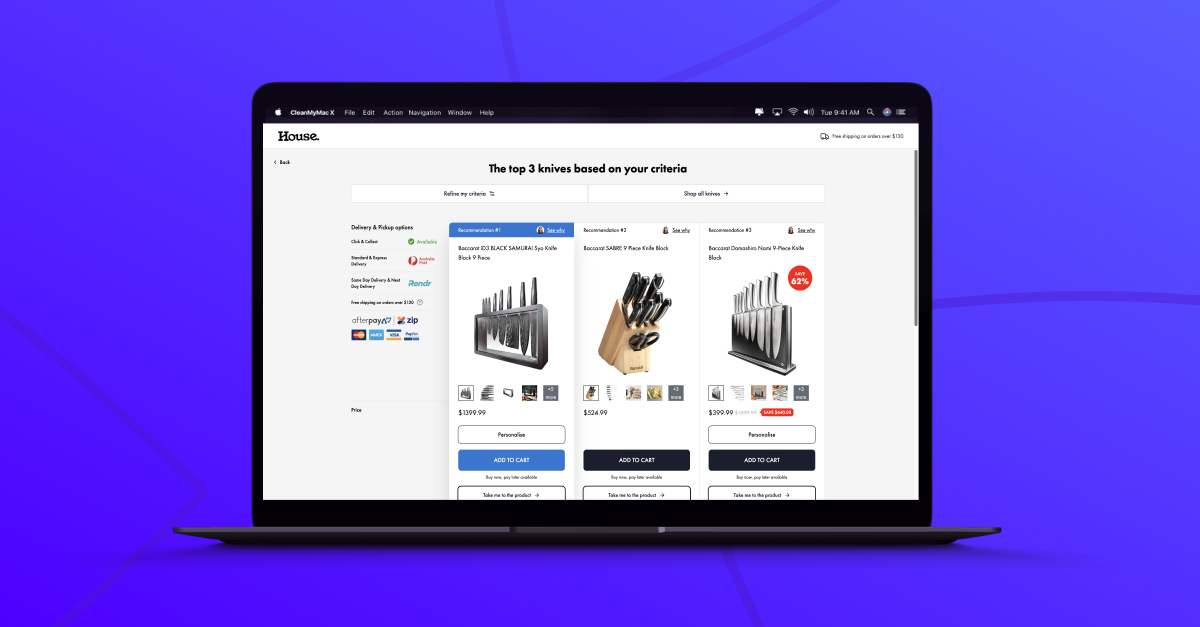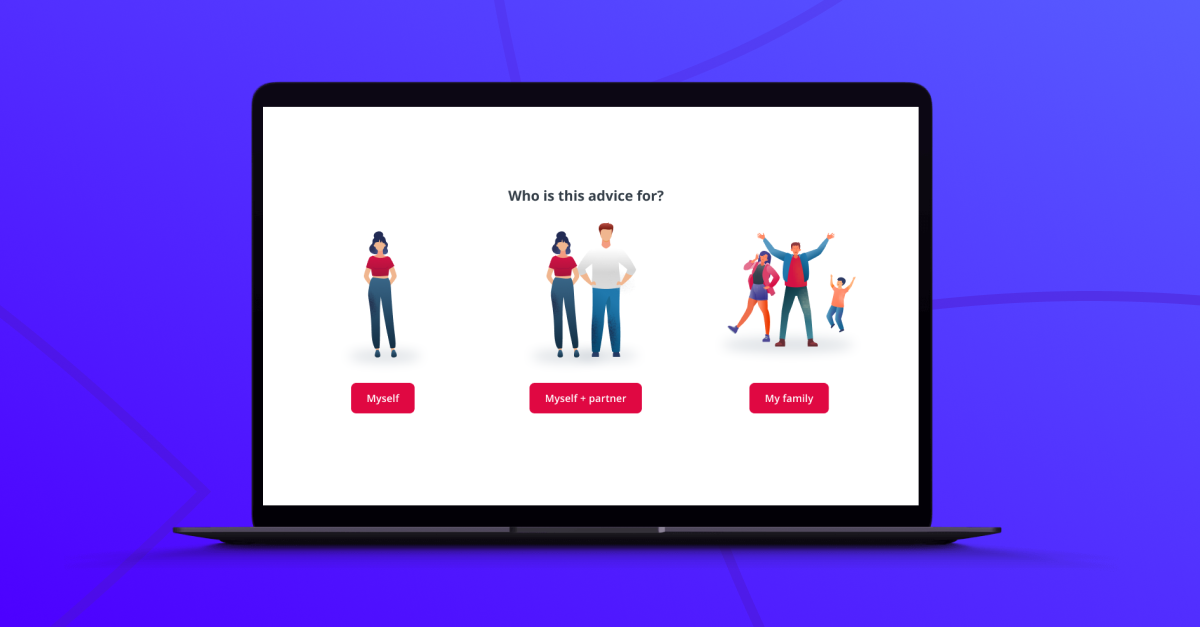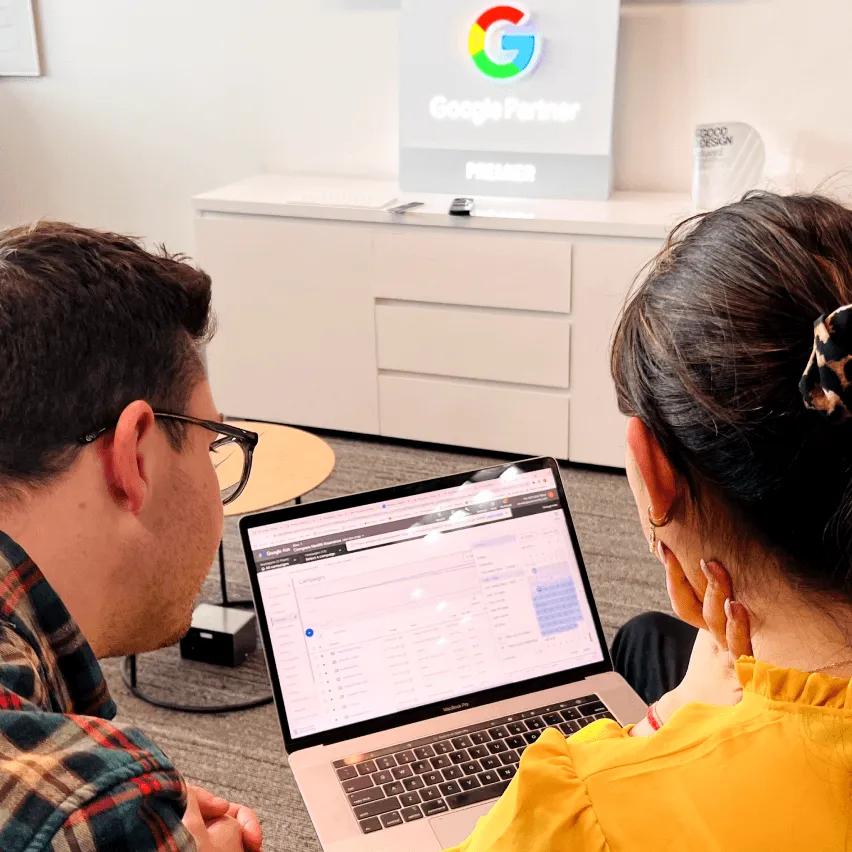Predictive Analytics
Predictive Analytics is the use of historical data, statistical algorithms, and machine learning techniques to identify the likelihood of future outcomes based on historical data. In marketing, it helps forecast customer behavior, improve decision making, and optimize strategies for better results.
How Predictive Analytics works:
Predictive Analytics involves collecting large amounts of data from various sources, cleaning and organizing this data, and then using statistical models and machine learning algorithms to identify patterns and relationships. These models are then used to make predictions about future events or behaviors. For example, it might predict which customers are most likely to make a purchase, or which marketing channel will be most effective for a particular campaign.
Why you should use Predictive Analytics:
As a marketer or business owner, Predictive Analytics can give you a significant competitive advantage. It allows you to anticipate customer needs and behaviors, optimize your marketing spend, and make data-driven decisions. By forecasting trends and outcomes, you can proactively address potential issues and capitalize on opportunities. This can lead to improved customer retention, higher conversion rates, and more efficient allocation of marketing resources.
How to get started with Predictive Analytics:
To implement Predictive Analytics, start by identifying the key areas where predictions could have the most impact on your business. Ensure you have robust data collection in place across all relevant touchpoints. Choose a predictive analytics platform that integrates well with your existing systems. Begin with simple models focused on clear, actionable outcomes, and gradually increase complexity as you gain confidence and see results.
How Predictive Analytics complements Convincely’s approach:
At Convincely, we see Predictive Analytics as a powerful tool, but we take it a step further in our personalization approach. While traditional Predictive Analytics might forecast broad trends or segment-level behaviors, our dynamic, full-page funnels use predictive models to anticipate and respond to individual user needs in real-time.
Our system doesn’t just make predictions based on historical data; it continuously learns and adapts its predictions based on each user’s current behavior within the funnel. For instance, instead of simply predicting which products a user might be interested in based on past purchases, we use real-time interactions to refine our predictions and tailor the experience as the user progresses through the funnel.
Unlike standard Predictive Analytics that might inform broad marketing strategies, our approach allows for immediate, individualized action. We’re not just predicting what users might do; we’re using these predictions to dynamically adjust the user experience in the moment. This means the insights we gain are immediately actionable, improving the experience for each user in real-time.
Moreover, our approach to Predictive Analytics isn’t limited to forecasting purchases or churn. We use it to predict which questions will be most relevant to each user, which information they’ll find most compelling, and even which pain points they’re likely to have. This allows us to create more intuitive, empathetic user journeys that anticipate and address user needs before they’re even expressed.
You can find examples of how businesses are using advanced analytics and personalization techniques in their funnels on our listings page. This resource showcases various approaches to creating predictive, adaptive user experiences across different industries.
Remember, while Predictive Analytics is a powerful tool for optimization, it’s most effective when combined with a deep understanding of your users and a comprehensive personalization strategy. At Convincely, we don’t just use predictions to inform broad strategies; we create dynamic, responsive experiences that adapt to each user’s predicted needs and preferences in real-time. Our goal is to use Predictive Analytics not just to forecast trends, but to continually improve and personalize the experience for every single user, driving engagement, conversions, and long-term customer value.




